Feeding your German Shorthaired Pointer properly is crucial for their development and health maintenance. These dogs are generally larger and more active than many other breeds, meaning their dietary needs will differ. They require a well-balanced diet that can support their energetic lifestyle. The cost of feeding a GSP can also vary depending on the type of food you choose and your dog’s individual needs.
1. Understanding Your German Shorthaired Pointer’s Needs
The first step in determining how much to feed your GSP is understanding their nutritional requirements. German Shorthaired Pointers are typically energetic and require a diet high in protein to support muscle maintenance and repair. They also need adequate fat for energy and essential fatty acids, along with carbohydrates for quick energy, and fiber for digestive health.
2. Calculating Daily Food Portions
A German Shorthaired Pointer’s food portion is primarily determined by its weight and activity level. An average adult GSP weighs between 45 to 70 pounds and might require anywhere from 1,500 to 2,200 calories per day. For less active and older dogs, the lower end of this range is more appropriate, while highly active or working dogs will need more calories.
General daily food portions based on a dog’s weight are as follows:
- 45-50 lbs: About 2 to 2.5 cups of dry food per day.
- 55-65 lbs: About 2.5 to 3.5 cups of dry food per day.
- Over 70 lbs: About 3.5 to 4.5 cups of dry food per day.
These portions should be split into two meals to aid digestion and energy regulation.
3. The Importance of Food Quality and Calories
The quality of dog food can significantly affect the amount you need to feed your GSP. Premium foods often have higher-quality ingredients and more calories per cup. Therefore, you might need to feed less volume compared to budget foods, which might require larger servings to meet the same caloric needs.
4. Tailoring Diet to Age and Activity Level
Puppies, adult dogs, and senior dogs all have different caloric needs. German Shorthaired Pointer puppies grow rapidly and usually require more calories than adults, split into three or four meals a day. Active adult dogs, especially those used for hunting or competitive sports, may need additional calories to support their energy expenditure. Senior dogs, on the other hand, might need fewer calories if their activity level decreases.
5. Adjusting for Weight Management
Weight management is crucial for the health of your GSP. If your dog is gaining weight on their current diet, you may need to feed less. Conversely, if your dog is underweight or losing weight unintentionally, you might need to increase their food intake. Regular check-ups with a vet can help keep your dog’s weight on track.
6. Recognizing and Managing Food Allergies or Sensitivities
Some German Shorthaired Pointers may develop food allergies or sensitivities. If your dog shows signs of digestive discomfort or skin issues, it may be related to their diet. In such cases, consult with a veterinarian to identify potential allergens and find suitable food alternatives.
7. The Role of Treats and Extras
Treats are useful for training and bonding but remember to include them in your dog’s overall caloric intake. Treats should not exceed 10% of their total daily calories to prevent obesity and maintain nutritional balance.
8. Incorporating Wet Food into Your GSP’s Diet
While dry food is commonly fed to GSPs and is great for dental health, incorporating wet food can provide additional hydration and may be more palatable for some dogs. It can be especially beneficial for older dogs or those with dental issues.
9. Understanding Feeding During Lactation and Pregnancy
If your GSP is pregnant or lactating, her nutritional needs will increase dramatically. During the peak of lactation, a mother may need 2-4 times the amount of food she would normally consume. Always consult with your vet to provide an adequate diet during these critical times.
10. Deciding Between Free Feeding and Scheduled Meals
Scheduled meals are generally recommended for German Shorthaired Pointers, as free feeding can lead to overeating and weight gain. Fixed feeding times help with digestion and can prevent food aggression by setting clear boundaries.
11. Estimating the Monthly Cost of Feeding a German Shorthaired Pointer
The monthly cost of feeding a GSP will vary depending on the type and brand of food you choose. Here’s a basic breakdown:
- Economy brand: If an economy brand costs about $1 per pound and you’re feeding 3 cups a day (roughly 1 pound), you might spend around $30 per month.
- Premium brand: Premium food may cost about $2 to $3 per pound, which could bring the monthly cost to $60-$90.
It’s important to note that these are approximate costs and actual expenses can differ based on regional prices and specific dietary needs.
Our 5 Top Foods for German Shorthaired Pointers
The diets were selected by our founder Justin Palmer, a certified canine nutrition expert, specifically with German Shorthaired Pointers in mind:
Conclusion
Feeding a German Shorthaired Pointer requires attention to their unique energy needs and a commitment to providing high-quality nutrition. The amount you feed will depend on the calorie content of the food and your dog’s individual requirements. It’s essential to monitor their weight and health, adjusting their diet as needed with the guidance of a veterinarian. The monthly cost of feeding a GSP can vary widely but investing in a high-quality diet will support your dog’s health and vitality, potentially reducing veterinary expenses over their lifetime.
Frequently Asked Questions About Feeding a German Shorthaired Pointer

1. How much should I feed my German Shorthaired Pointer puppy?
For a German Shorthaired Pointer puppy, it’s crucial to provide enough calories to support their rapid growth. Typically, puppies require about 2 to 3 cups of puppy food spread over three to four meals daily. However, this can vary greatly depending on the puppy’s size and activity level, so it’s best to consult with your vet for precise amounts.
2. How often do adult German Shorthaired Pointers need to eat?
An adult German Shorthaired Pointer should be fed twice a day. This breed is active and has a fast metabolism, so splitting the daily food intake into two meals helps maintain their energy levels throughout the day and can prevent bloat, a common issue in larger breeds.
3. Can German Shorthaired Pointers eat a grain-free diet?
Yes, German Shorthaired Pointers can eat a grain-free diet if it provides a balanced nutritional profile suitable for their needs. However, unless your dog has a specific allergy or intolerance to grains, there is no evidence to suggest that grain-free diets are inherently healthier for them.
4. What is the best type of food for a German Shorthaired Pointer?
The best type of food for a German Shorthaired Pointer is high-quality, commercially available dog food that meets the AAFCO guidelines for complete and balanced nutrition. Some owners opt for performance or active breed formulas due to this breed’s high energy levels, but your vet can give the best recommendation based on your dog’s health.
5. How can I tell if I am feeding my German Shorthaired Pointer the right amount?
Monitor your German Shorthaired Pointer’s weight and body condition regularly. Ideally, you should be able to feel their ribs but not see them. If your dog appears overweight or underweight, adjust their food intake accordingly and consult with a veterinarian.
6. What human foods are safe to feed my German Shorthaired Pointer?
Many human foods are safe for German Shorthaired Pointers in moderation, such as lean meats, some fruits, and vegetables. Always avoid toxic foods like chocolate, grapes, and onions, and remember that treats should not make up more than 10% of their daily calorie intake.
7. How much water should my German Shorthaired Pointer drink?
A German Shorthaired Pointer should always have access to clean, fresh water. They typically need an ounce of water per pound of body weight per day, but this amount can increase with higher activity levels or hotter climates.
8. Do German Shorthaired Pointers have any special dietary needs?
As a highly active breed, German Shorthaired Pointers may benefit from a diet rich in proteins and fats to support their energy needs. Always consider age, activity level, and health status when choosing your diet, and consult with your vet.
9. How much does it cost to feed a German Shorthaired Pointer each month?
The cost of feeding a German Shorthaired Pointer each month can vary widely, from $30 to over $100, depending on the type of food (wet, dry, raw), brand, and where you live. The cost will also fluctuate based on the dog’s size and its specific nutritional requirements.
10. Are supplements necessary for a German Shorthaired Pointer’s diet?
Supplements are not typically necessary if your German Shorthaired Pointer is on a well-balanced diet. However, some dogs with specific health issues may require supplements. Always check with your vet before adding any supplements to your dog’s diet.
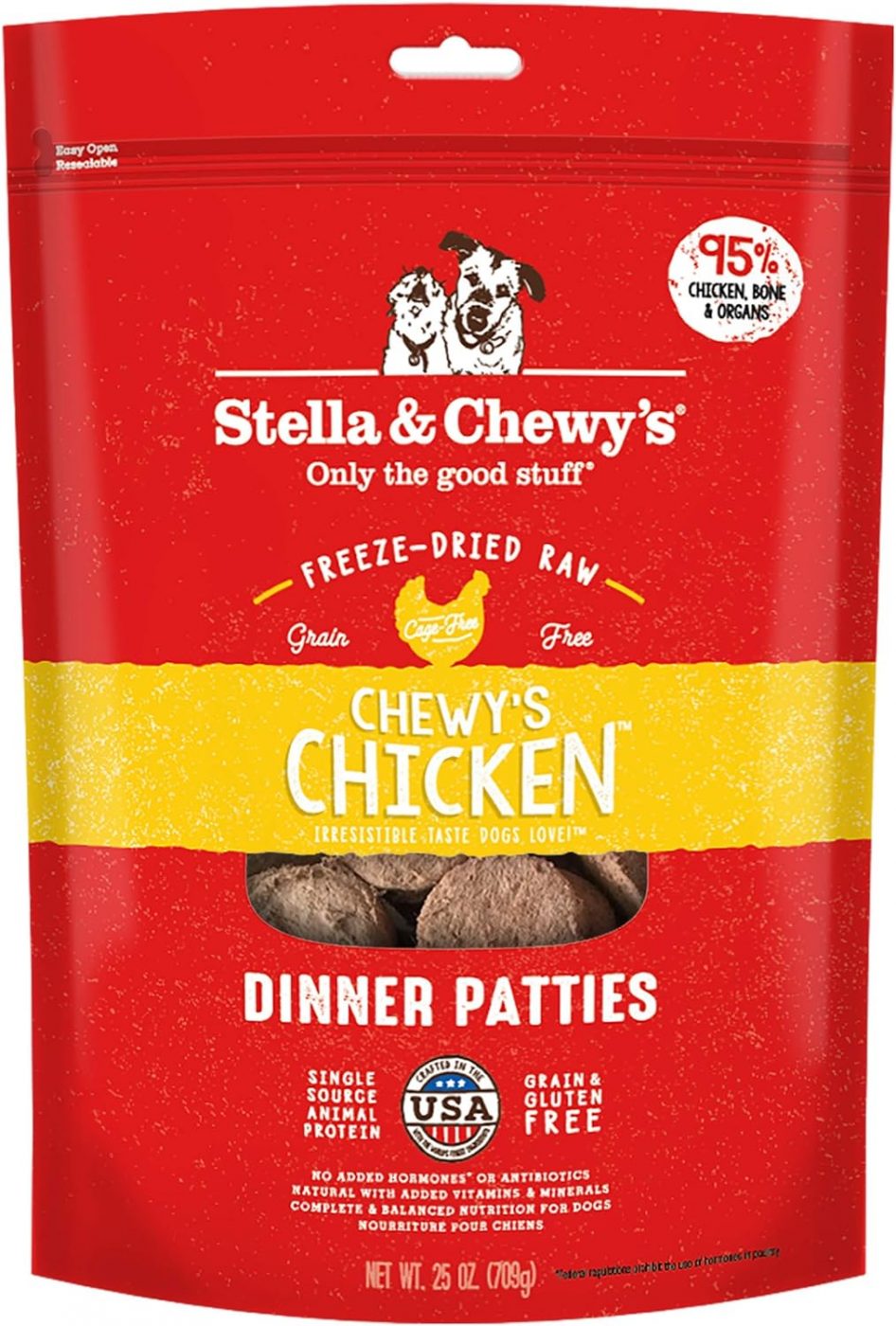
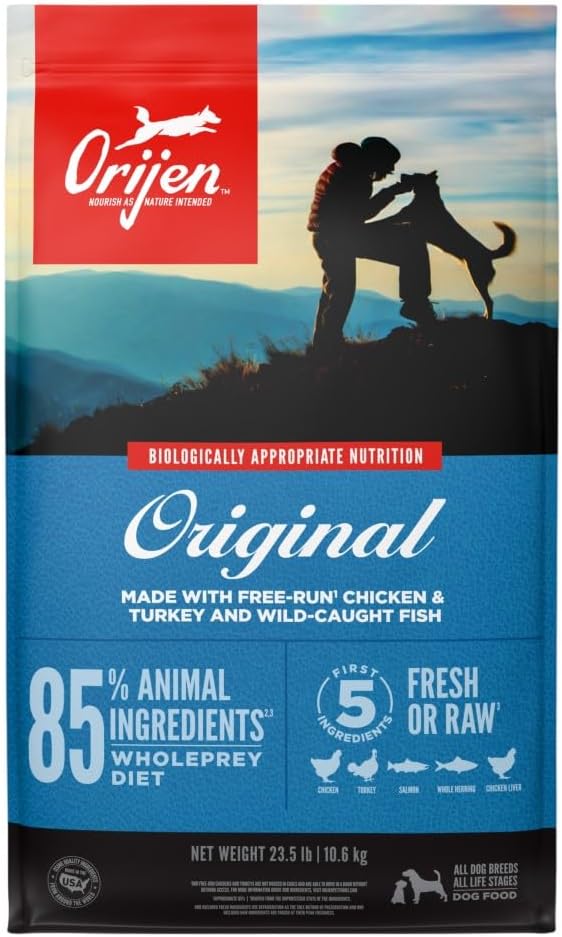
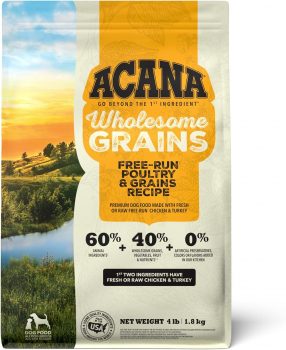
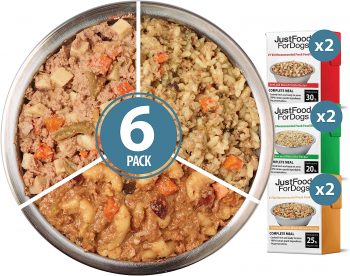
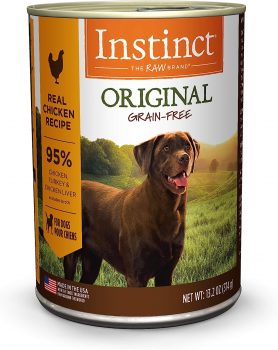
 Toledo, United States.
Toledo, United States.